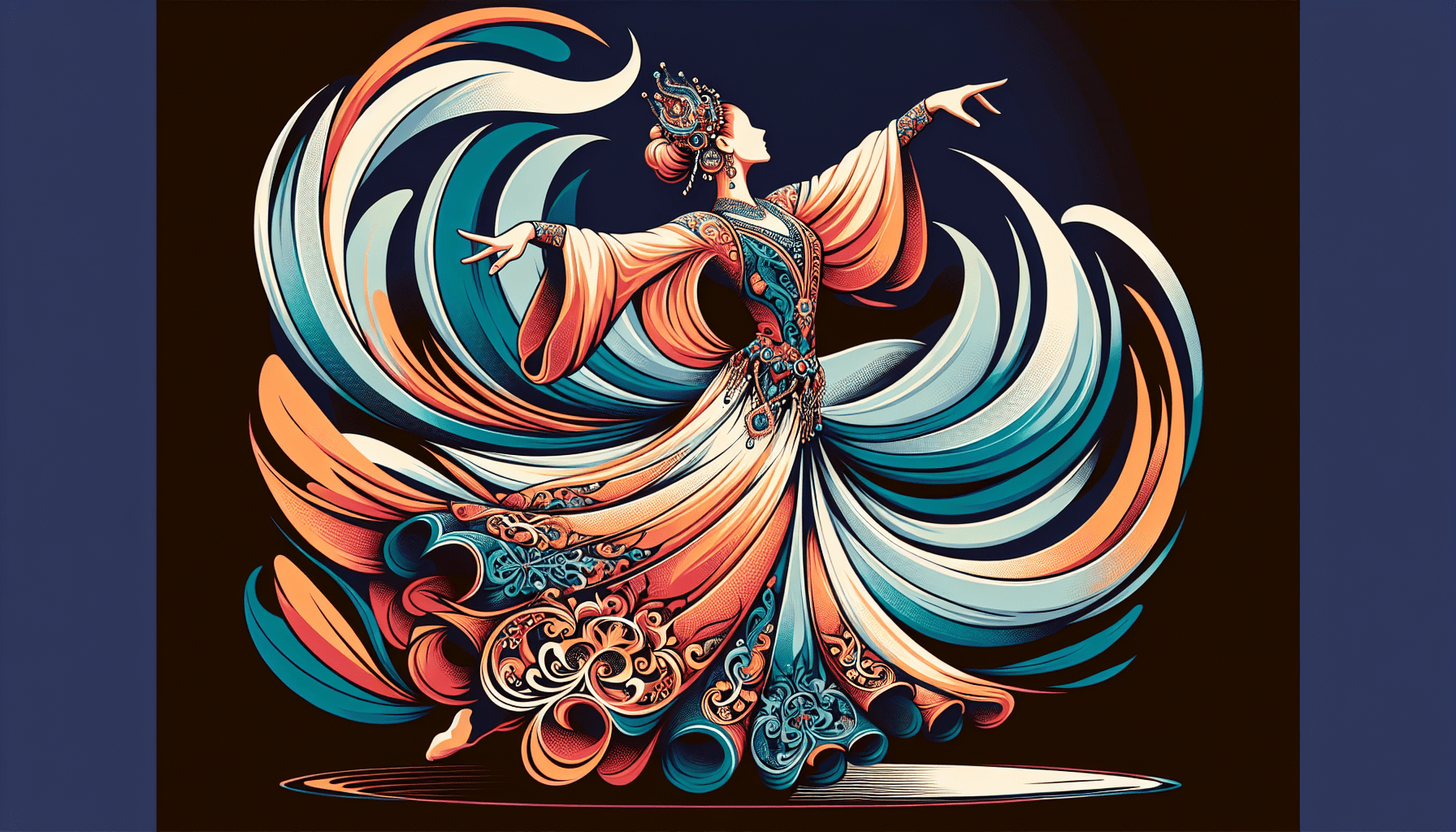Welcome to a fascinating journey into the history and evolution of Turkish dance forms. From traditional folk dances passed down through generations to modern interpretations and innovations, Turkish dance has undergone a remarkable transformation over the years. Join us as we explore the rich cultural tapestry of Turkey through its diverse and vibrant dance traditions. Get ready to be swept away by the rhythmic movements, colorful costumes, and dynamic expressions that make Turkish dance so captivating. So put on your dancing shoes and let’s dive into the world of Turkish dance together! Have you ever wondered how Turkish dance forms have evolved over time? From traditional folk dances to contemporary dance styles, Turkish dance has a rich history that reflects the cultural diversity of the country. In this article, we will explore the fascinating journey of Turkish dance forms, from their origins to their modern interpretations. So, grab a cup of tea and let’s dive into the world of Turkish dance together!

